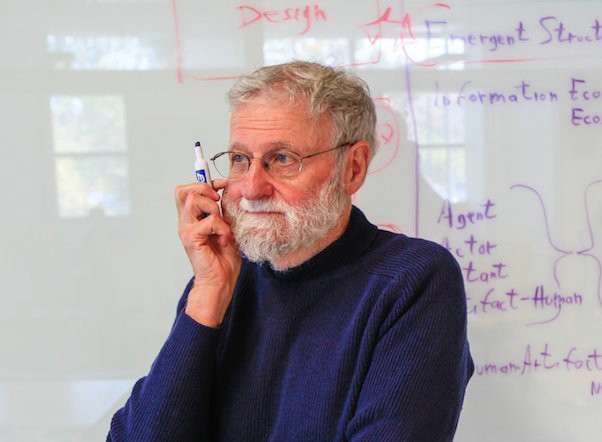In his book, published in 1988, Norman argued that if you’ve ever felt ashamed of crashing into a door because you thought it was meant to be pushed, hoping no one was watching, it’s not your fault — it’s the fault of the person that designed the door.
The premise of his philosophy was simple: make things that understand people, instead of forcing people to understand what you make. His application of cognition, the way our minds work, to design things, everyday things, was the foundation for what eventually became to be known as User Experience (UX) Design (Norman is credited with inventing the term when he joined Apple in 1993).
Today, UX design has caught on and grown dramatically: it’s said that every dollar spent on UX brings in between $2 and $100 dollars in return. Moreover, according to a report by Adobe, 87 percent of managers said hiring more UX designers is the top priority for their organization.
But as more companies jump on the UX bandwagon, they’ll need to fight for good talent. But where should they look?
Not design schools.
I’m not suggesting that design schools are failing designers and employers (although famed designer Gadi Amit believes so in his write up: American Design Schools Are a Mess, and Produce Weak Graduates).
But what I am suggesting is that, in today’s tech-driven world, there’s a new kind of designer, and there are more designers emerging that look less like a traditional designer. According to Norman, this is likely due to the notion that more of what we make today is invisible.
“When you do the sort of work I do, it’s not physical.” he said. “Traditional designers don’t consider me a designer, in part because I’m not making beautiful objects. For example, the most important part of Uber’s UX has nothing to do with what’s on the screen, it’s the convenience of not having to pay your driver. You’ll never find that work exhibited in a museum.”
Now the Director of The Design Lab at University of California, San Diego, Norman applies this perspective into his curriculum by not siloing the design program into a singular department. Rather, his program is designed to incorporate coursework from various disciplines.


